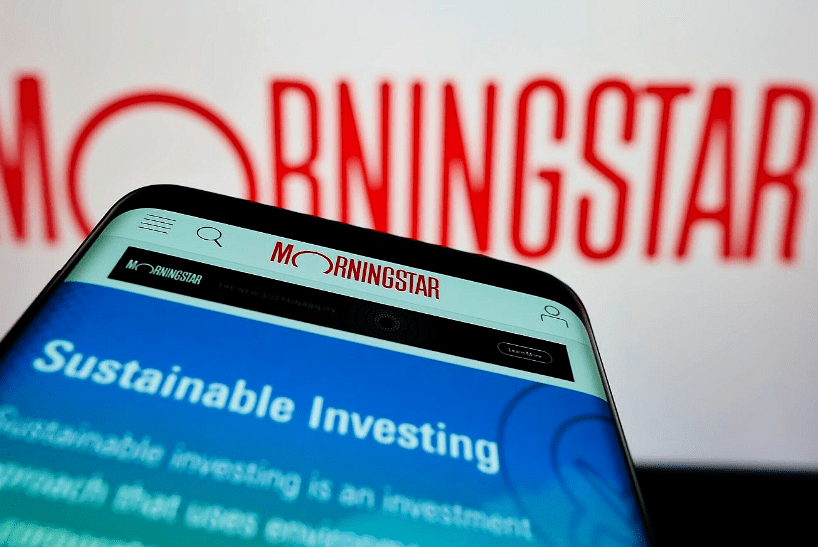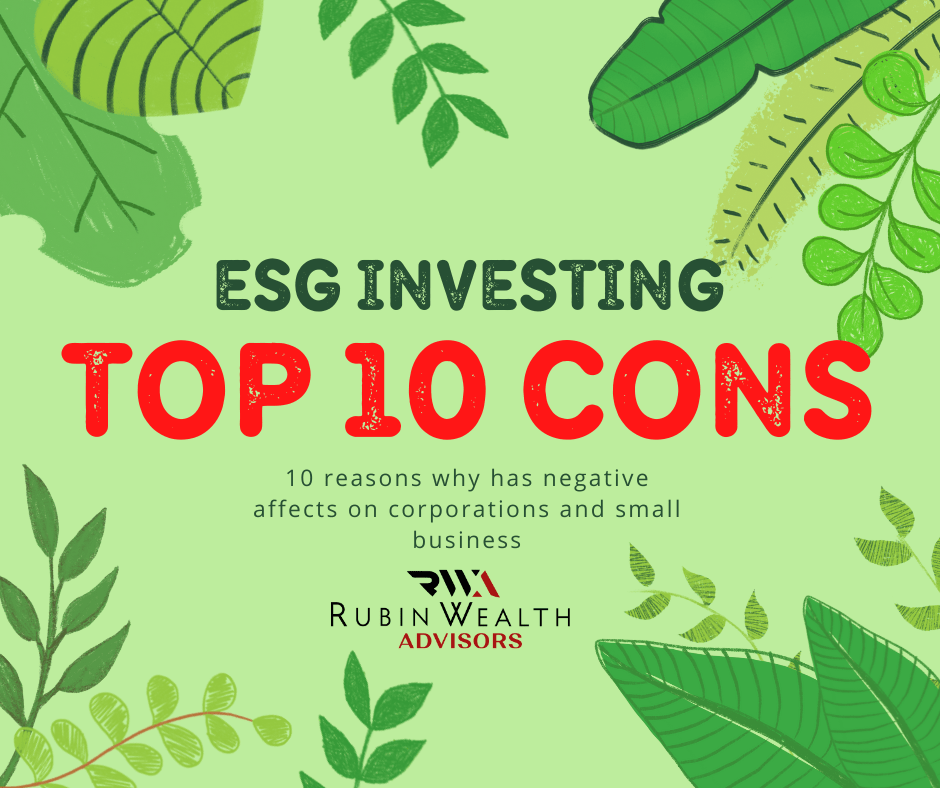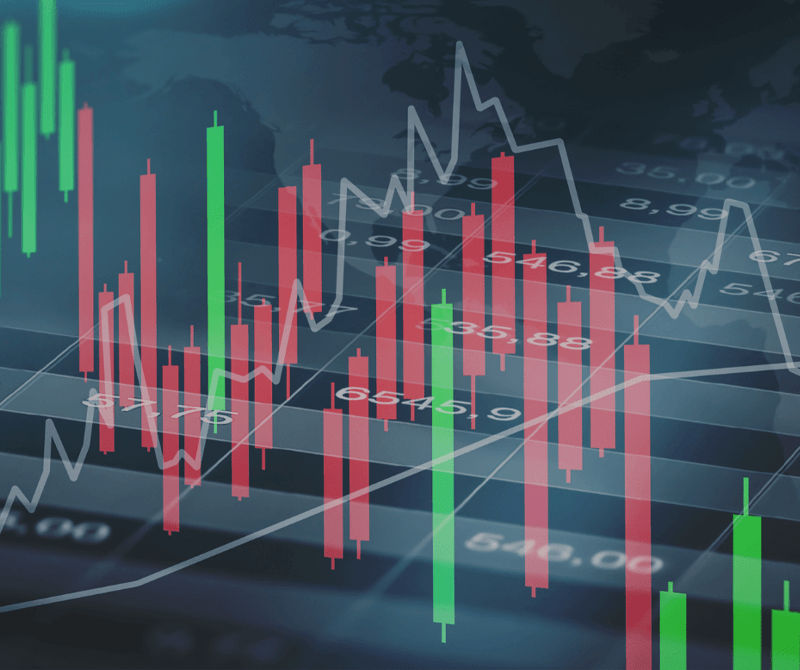Is Inflation turning us into the next Venezuela?
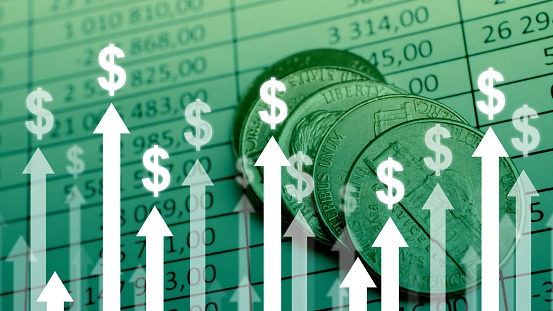
A week ago, I was in a local sandwich shop and check cashing store (a traditional goods & service combination) owned by a friend, a hardworking entrepreneur. He seemed very stressed out and I asked him why. He said that he had just had to raise the price of his sandwiches from approximately $9 to just over $12 and he still wasn’t sure if he was making any money this week. I asked, “this week?” He replied yes and then explained.
He said that in the past week the price of turkey had doubled. The prices of other sandwich fixings had gone up by anywhere from 20-50 percent over the same time frame. What’s more, he said that he could not count on supply because it was getting so hard to get fresh produce. Day to day, he didn’t know what he would have on hand. Selling 300 sandwiches a day, this entrepreneur doesn’t know if he is losing money on every order and trying to make it up on volume.
Continuing my journey, I then went to the pool supply store where I talked to my pal Joe whom I have known for years. Joe offers up on his own that the price of chlorine has increased 25 cents in its normal unit of measure. He said that he has been buying chlorine from the same company for years and the typical price movement is about a penny per year in that same unit of measure.
Have I suddenly found myself in Venezuela?
Everywhere I go I hear the same message from merchants. These two representative anecdotal stories of mine can be multiplied by tens of millions from other Americans of all socio-economic strata across the country, each of whom is experiencing the early, but rapidly progressing stages of inflation.
The government has been lying to you about this. They are lying to you about the level of inflation, and they are lying to you about what is causing it. It all comes down to basic economics.
The Nobel Prize-winning economist Milton Friedman was famous for saying, “Inflation is always and everywhere a monetary phenomenon in the sense that it is and can be produced only by a more rapid increase in the quantity of money than in output.” To translate, he’s saying, printing too much money leads to inflation.
Friedman’s statement should almost be considered axiomatic rather than a theory in that the only way that prices can rise across the board in a country is if there is too much money chasing too few goods. As the champion of monetarist theory, Friedman would point to the simple equation:
MV=PQ
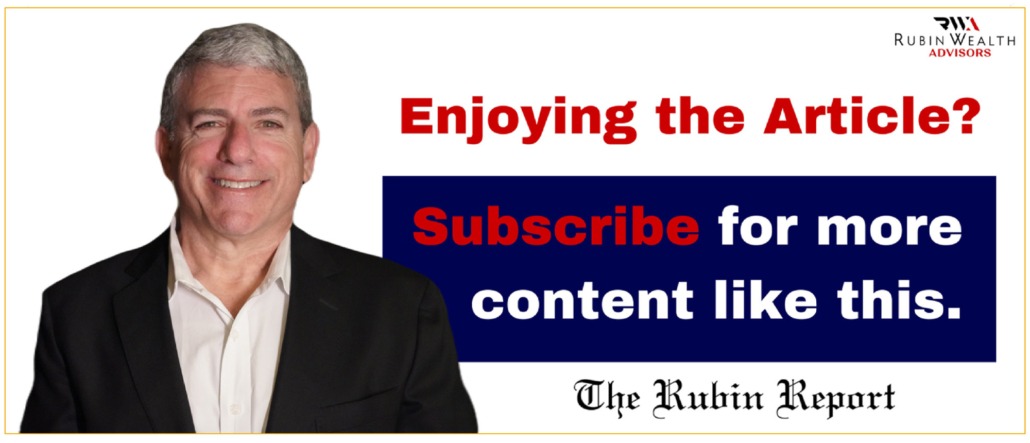
In that formulation, M is the amount of money in circulation, V is the velocity at which that money is exchanged, P is the general price level, and Q is the quantity of goods and services. As even a “C” level math student knows, if the M in that equation goes up, then something has to increase on the other side of that equation in order to maintain balance.
Well, the “M” in Friedman’s famous equation has been going up for quite some time. In 2020 we saw a historically high growth in our money supply in what is referred to as M2 (includes cash and checking deposits, savings deposits, money market securities, mutual funds, and other time deposits) of over 27%. With our GDP growth nearly flatlined (the “Q” in the equation, you might wonder why prices (the “P”) haven’t skyrocketed prior to now? Could Freidman and his equation have been wrong?
The answer is that the velocity of money being spent has also slowed in recent times. This has partially offset the increase in the money supply. That is until now.
Under the Biden administration, supply chain issues largely contributed to by poor centralized management of the economy have created shortages which have drastically reduced the “Q.” With the “M” already at historically high levels, that means that there has been upward pressure placed on, you’ve got this, the “P” price level. That’s why my sandwich cost so much and why some people’s pool water might have to go “au naturel” for the immediate future.
There is no end in sight to this not-so-hidden tax on every American’s wealth. What are you supposed to do to try to protect yourselves from the ravages of inflation? You need to realign your portfolio to recognize the fact that inflation is here, it is here to stay, and it is going to get worse. Here are a few considerations that should be considered by everyone ranging from the most affluent to the hourly wage worker with a 401K:
- Reduce your investments in bond obligations: Since rising inflation leads to higher interest rates, that means the underlying value of most bonds will decrease because the majority of them are issued with fixed rates of interest. If interest rates rise, and the coupon rate on your bond is low, then the market offsets that discrepancy by lowering the price at which the bond trades. In simple terms, that means the bond you hold today that you might be able to sell for 99 cents of its redeemable value might sell for 80 cents of that same value next week.
- The above rule especially applies to lower-rated bonds: Most people are at least somewhat familiar with the concept of bond ratings. There are groups out there that give quality ratings to bond issuance based upon the creditworthiness of the issuer. Generally speaking, the lower the bond’s rating the higher the nominal, or coupon, rate of interest to help offset the risk. Many people have moved into riskier rated bonds over the past few years to try to get a higher interest rate. These bonds will be more severely impacted in their price during an inflationary environment.
- Consider crypto assets: Crypto assets are quite possibly the new “gold” in terms of hedging against inflation. Historically, people have turned to gold and other precious metals as investments during times of rapid inflation because since they are a “fixed” asset in terms of actual availability they do not run the risk of being mass produced like a paper, or book-entry, currency. In the 21st Century, crypto assets like Bitcoin have some of the same supply-limiting features of gold and precious metals so their relative scarcity and existence outside of the current money supply can makes them a possible inflation hedge.
- Other “hard asset” investment should become an easier choice: Think real estate and other things that are tangible. While changes in the structure of commercial real estate use are numerous at this time owing to permanent increase in working from home vs. office and the shift from in-person retail shopping to e-commerce, real estate that has its highest and best use being exploited remains a good inflation hedge. The government cannot masse-print dirt. Real estate is limited and will always be needed. Likewise, other physical items can be a good inflation hedge. Quality art has always been a favorite as an inflation hedge. If you were thinking of buying that Rembrandt, now might be the time.
The old days of a 60-40 or 70-30 rule of your portfolio being divided between securities and bonds has officially passed. Strategies are now needed that take inflation as a given and not as a potential. To navigate the treacherous field of how to both protect and grow your portfolio you need to make sure that you are working with a professional who does not dismiss inflation as a passing trouble that will be gone in an 18-month cycle. It is the value of your portfolio that could be gone in 18 months. Choose an advisor who understands that reality.
Now back to my $12, oh wait…, I mean $15 dollar sandwich.
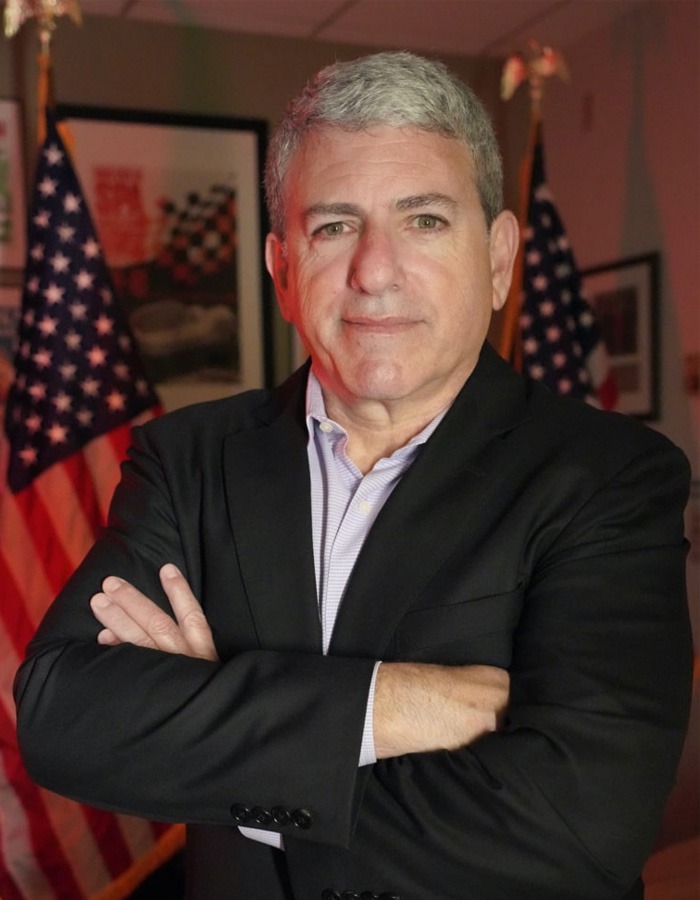
Are you concerned about inflation, ESG compliances, and the 2022 crypto crash?
Your investment portfolio can be affected by any or all of these factors.
Schedule an appointment with Bob Rubin, your dedicated, conservative financial advisor, for a free portfolio analysis today.
Get started by clicking the button below.
Related Articles
No BS… Just straight forward advice
Contact Bob, the Nation’s Predominant
Politically Conservative Financial Advisor Today!

